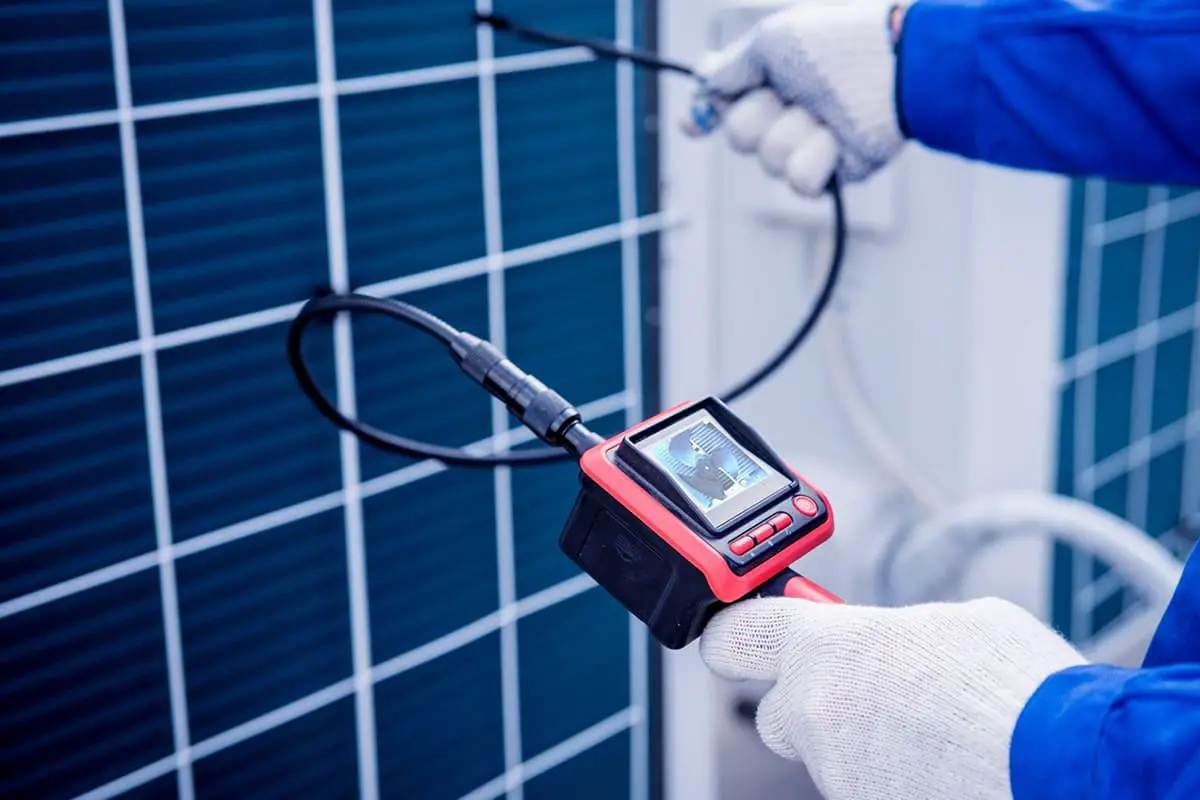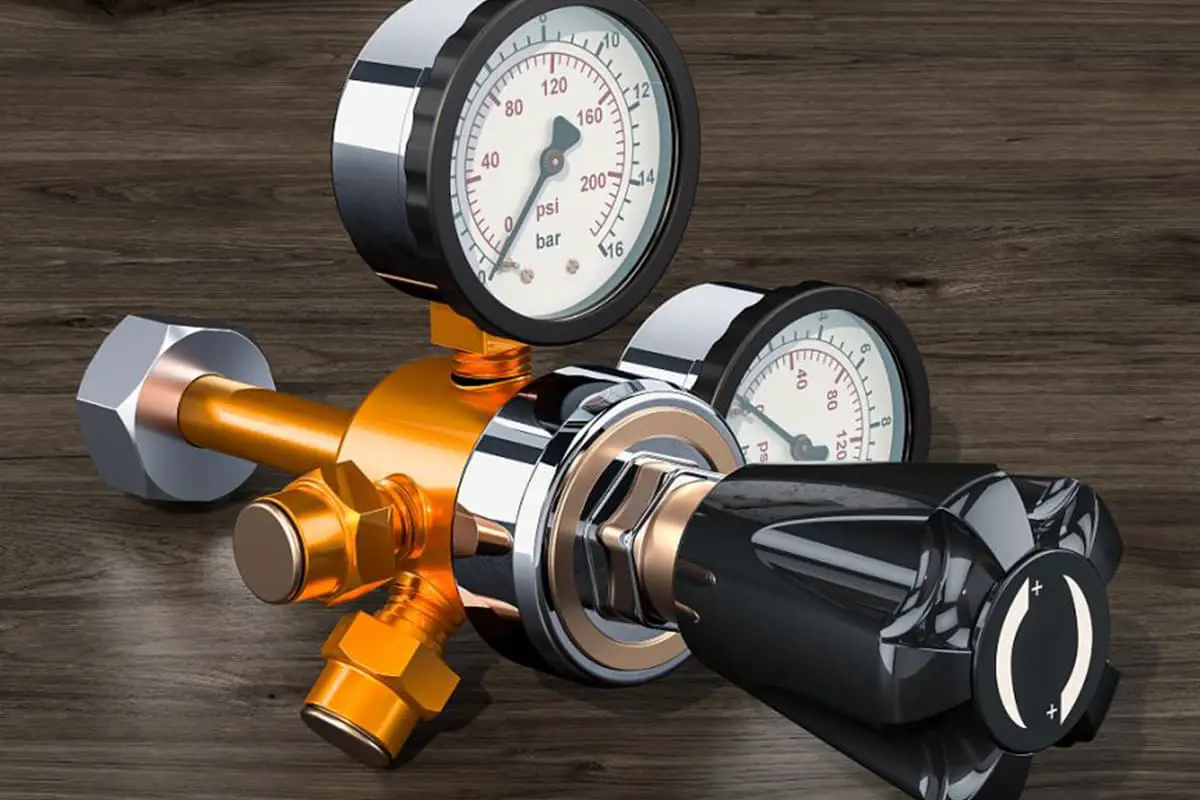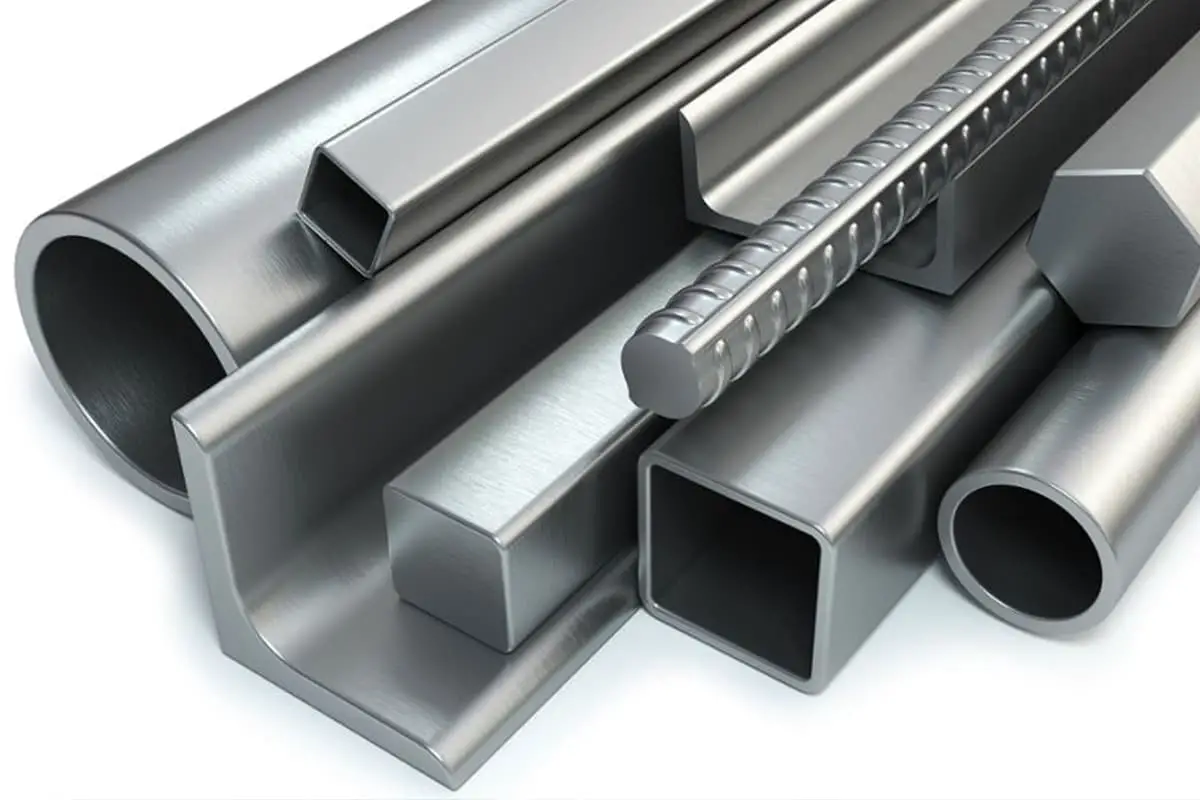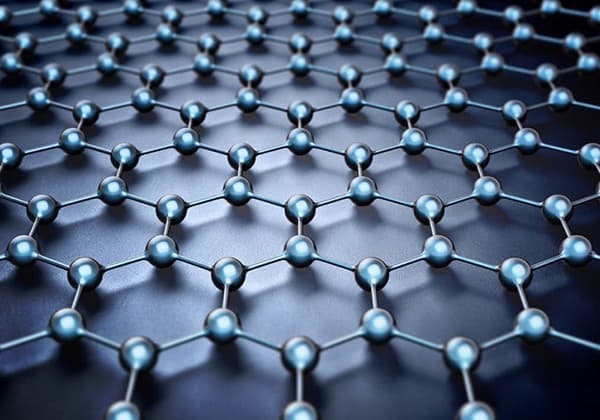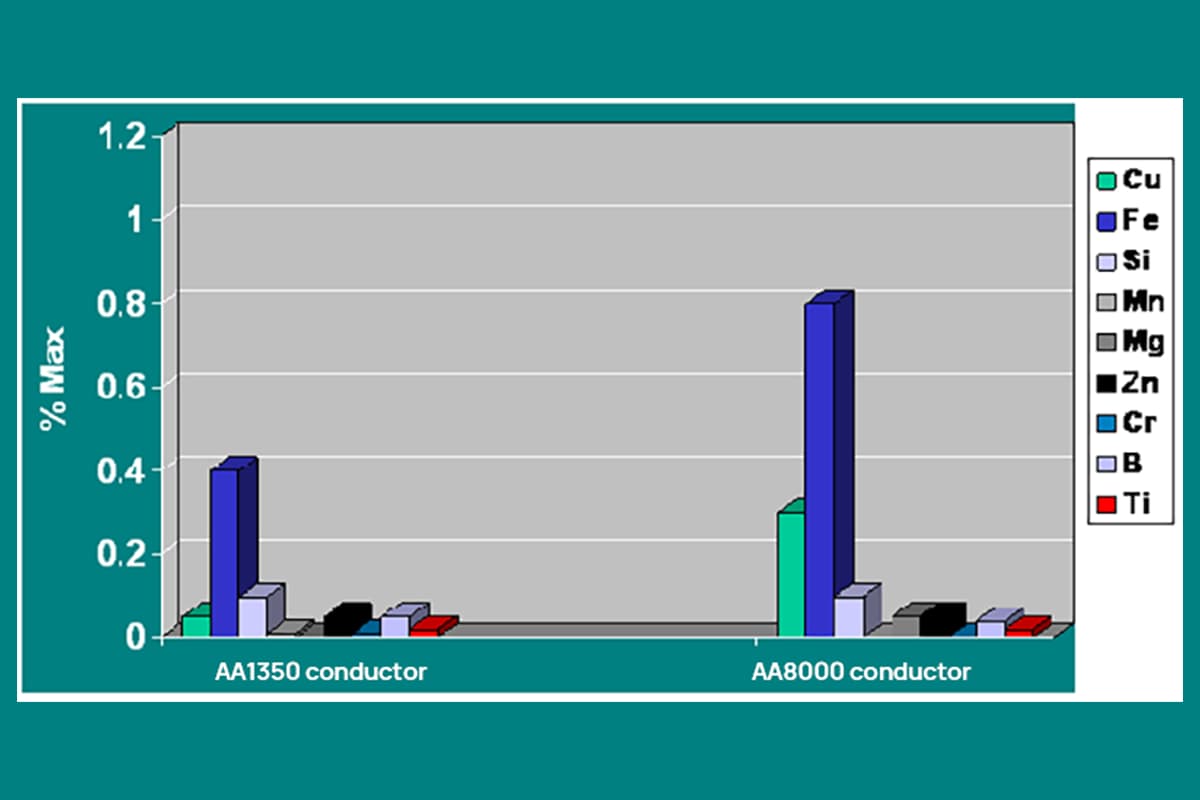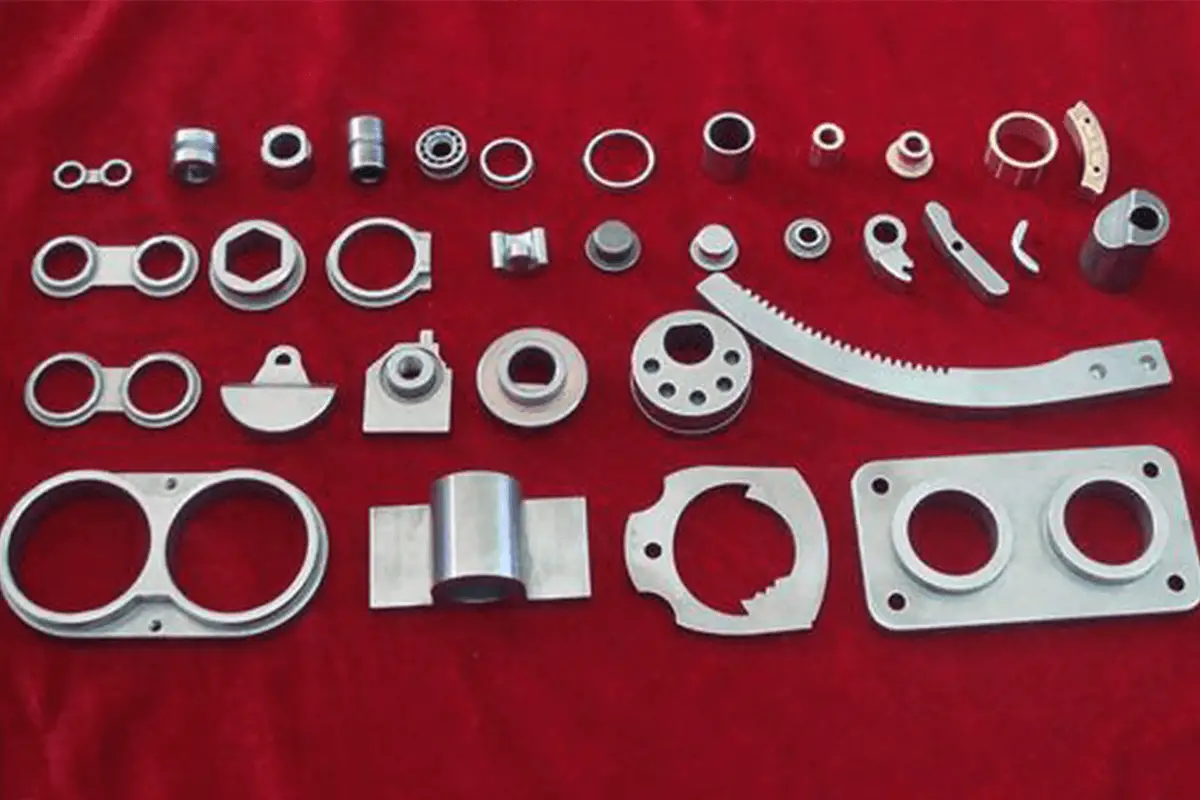
How does the electrical resistivity of metals change with temperature, and why does this matter for engineers and designers? In this article, you’ll explore a detailed table of metal resistivity and temperature coefficients. You’ll learn how different metals respond to temperature changes, impacting their performance in various applications. Whether you’re working on electronics, construction, or any field involving metals, understanding these properties can help you make informed decisions and optimize your designs for efficiency and reliability.
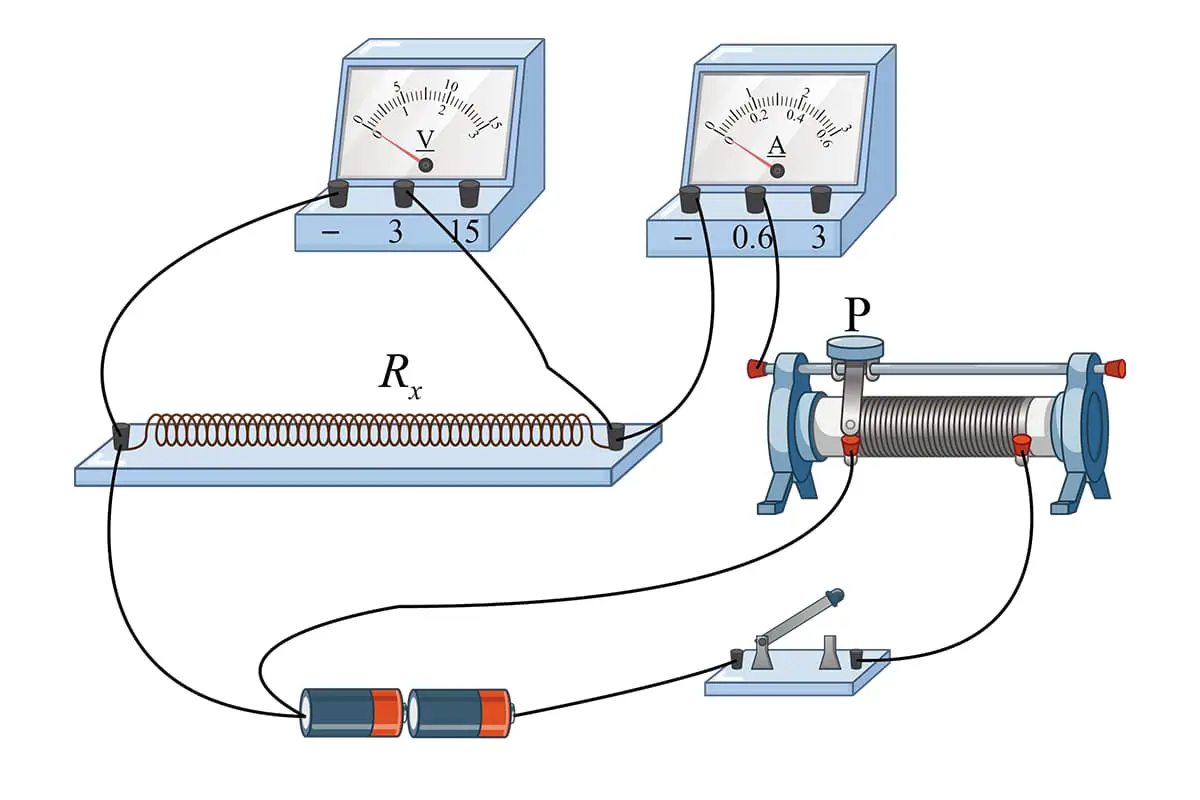

| Materials | Temperature t/℃ | Electrical resistivity p/×10-8Ω·m | Temperature Coefficient of Resistance aR/℃-1 |
| Silver | 20 | 1.586 | 0.0038(20℃) |
| Copper | 20 | 1.678 | 0.00393(20℃) |
| Gold | 20 | 2.40 | 0.00324(20℃) |
| Aluminum | 20 | 2.6548 | 0.00429(20℃) |
| Calcium | 0 | 3.91 | 0.00416(0℃) |
| Beryllium | 20 | 4.0 | 0.025(20℃) |
| Magnesium | 20 | 4.45 | 0.0165(20℃) |
| Molybdenum | 0 | 5.2 | |
| Iridium | 20 | 5.3 | 0.003925(0℃~100℃) |
| Tungsten | 27 | 5.65 | |
| Zinc | 20 | 5.196 | 0.00419(0℃~100℃) |
| Cobalt | 20 | 6.64 | 0.00604(0℃~100℃) |
| Nickel | 20 | 6.84 | 0.0069(0℃~100℃) |
| Cadmium | 0 | 6.83 | 0.0042(0℃~100℃) |
| Indium | 20 | 8.37 | |
| Iron | 20 | 9.71 | 0.00651(20℃) |
| Platinum | 20 | 10.6 | 0.00374(0℃~60℃) |
| Tin | 0 | 11.0 | 0.0047(0℃~100℃) |
| Rubidium | 20 | 12.5 | |
| Chromium | 0 | 12.9 | 0.003(0℃~100℃) |
| Gallium | 20 | 17.4 | |
| Thallium | 0 | 18.0 | |
| Cesium | 20 | 20 | |
| Lead | 20 | 20.684 | (0.0037620℃~40℃) |
| Antimony | 0 | 39.0 | |
| Titanium | 20 | 42.0 | |
| Mercury | 50 | 98.4 | |
| Manganese | 23~100 | 185.0 |

